The Xiaomi Mi9 Review: Flagship Performance At a Mid-Range Price
by Andrei Frumusanu on September 13, 2019 9:00 AM EST- Posted in
- Mobile
- Smartphones
- Xiaomi
- Snapdragon 855
- Xiaomi Mi9
Display Measurement
The Mi9 comes with a 6.39” AMOLED panel sourced from Samsung, and features a 2340 x 1080 resolution.
In terms software settings, Xiaomi offers three screen modes; “Automatic contrast”, “Increased constrast” and “Standard”. Amongst the three, the standard setting is targeting the sRGB colour space, whilst the increased contrast is a non-standard gamut wider than DCI-P3 which looks to be the panel’s native gamut capabilities. Amongst the three colour spaces, Xiaomi also offers colour temperature tuning. I noticed that although the UI greys out the colour temperature settings for the Increased Contrast and Standard modes, the customized settings are actually still applied, even though they can only be adjusted when the Automatic mode is selected. For this review I stayed with the “Default” colour temperature pre-set as it was the best amongst the three pre-sets.
We move on to the display calibration and fundamental display measurements of the Mi9 screen. As always, we thank X-Rite and SpecraCal, as our measurements are performed with an X-Rite i1Pro 2 spectrophotometer, with the exception of black levels which are measured with an i1Display Pro colorimeter. Data is collected and examined using SpectraCal's CalMAN software.

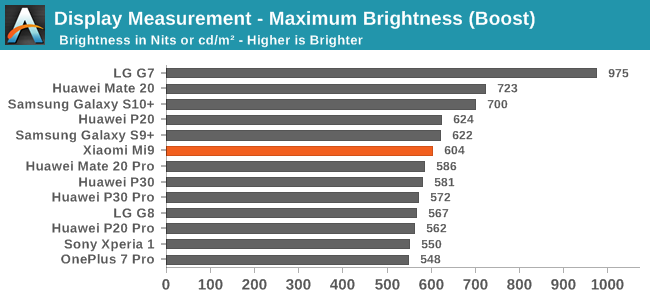
In terms of brightness, the Mi9 is on par with current generation AMOLED devices. At maximum manual brightness, the phone reaches a peak luminosity of 417nits. When in adaptive brightness and under bright environments, the phone goes into a high brightness mode and can reach up to 604 nits on a full screen white.
On the greyscale accuracy test, we’re seeing that the Mi9 is a little bit off in terms of gamma as well as colour temperature. The gamma reaches an average of 2.33 at the 200cd/m² brightness level. We’re measuring this data-point with APL50 and window size of 50%. We notice the gamma figure appears to be more accurate at the maximum brightness measurement set, but that set was performed at APL100, pointing out possible miscalibration of the gamma, something that sadly a very great number of vendors aren’t able to get right.
The colour temperature is also a bit on the warm side, with the reds dominating. This seems to get worse the brighter the panel gets, with white levels at 6463K at 200cd/m² and 6250K at 417cd/m². It’s to be noted that this is something that can be alleviated by the software colour temperature control, however the “Cool” preset is far too cool, and our measurements here are also just unique to the device we have at hand.
Overall, the redish tint might not be too noticeable, however tones will appear slightly darker than they should be due to the higher gamma.

The resulting greyscale accuracy ends up with a DeltaE2000 of 3.00, just at the limit of what should be acceptable.
The standard mode targeting sRGB has relatively accurate saturations and gamut targets. Notice that the increased gamma we measured on the greyscale test here doesn’t appear in the yellow and blue spectrum, albeit present on the mid saturation points of the red channel. Another inaccuracy also seems to be that the blue channel is off hue, causing a larger error also in the magenta colours, besides the whole redshifted gamut.

Still, with a deltaE2000 of 2.03, the results are quite ok and we’ve certainly seen worse from other devices.
I wanted to also showcase the saturations of the “Increased contrast” mode. The above graph targets the DCI-P3 gamut at gamma of 2.2 (Display P3), yet we clearly see that this mode’s gamut goes beyond the aforementioned standard. It doesn’t really adhere to any particular standard, and simply seems to be the OLED panel’s native large gamut with popping colours.
Finally, in the Gretag-Macbeth chart of commonly found tones and skin colours we see the results of the phone’s slightly too high gamma as well as the overall red-shifted colours.

Overall, the phone still managed to achieve a passable dE2000 of 2.68, which is not great, not terrible.
Overall, the Mi9’s screen is in my opinion a good screen. Contrast, brightness and viewing angles are again as usual of an OLED screen very good and the Mi9 doesn’t disappoint in this regard. In terms of colour calibration, the Mi9 did ok, we’ve certainly seen better calibrated devices out there but the Mi9 is also not outright bad. For users looking for the best accuracy I recommend the standard mode and trying to slightly adjust the colour temperature to their liking if they so happen to notice the slight red shift that appeared on our review device.


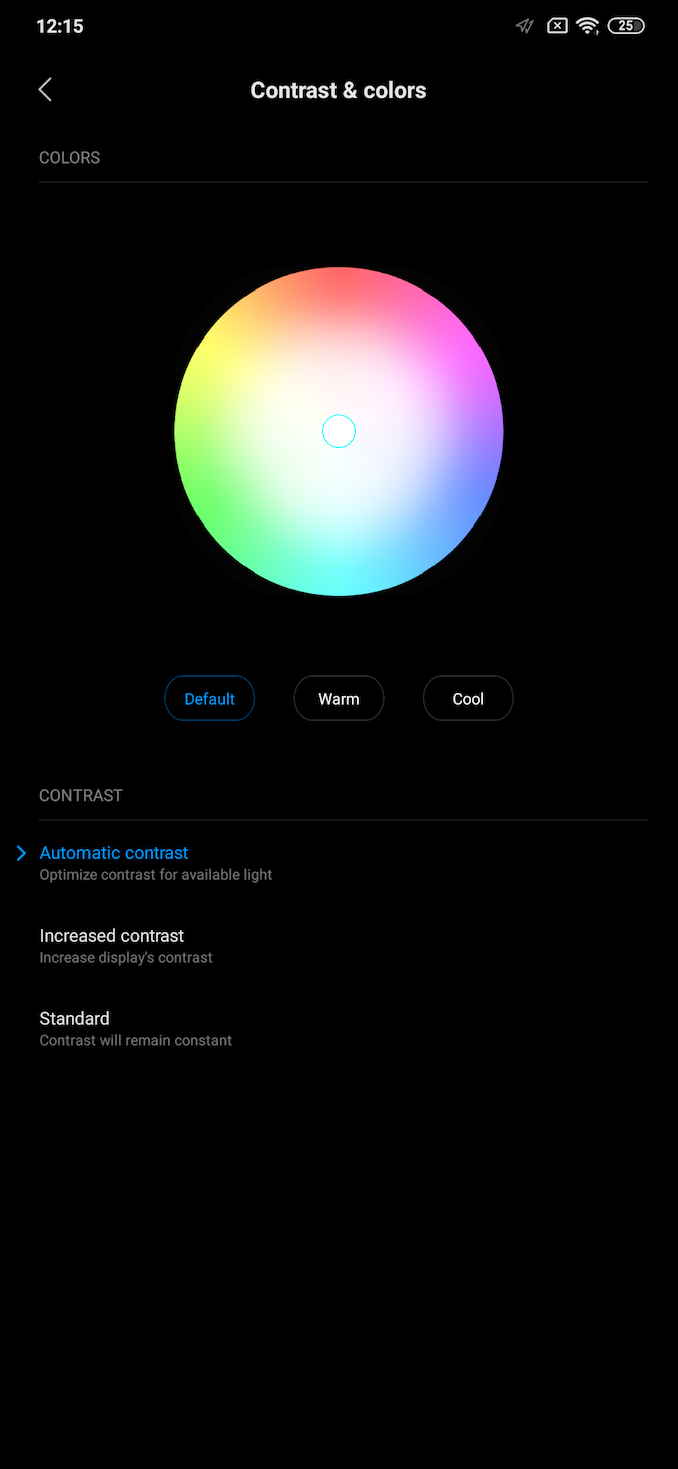
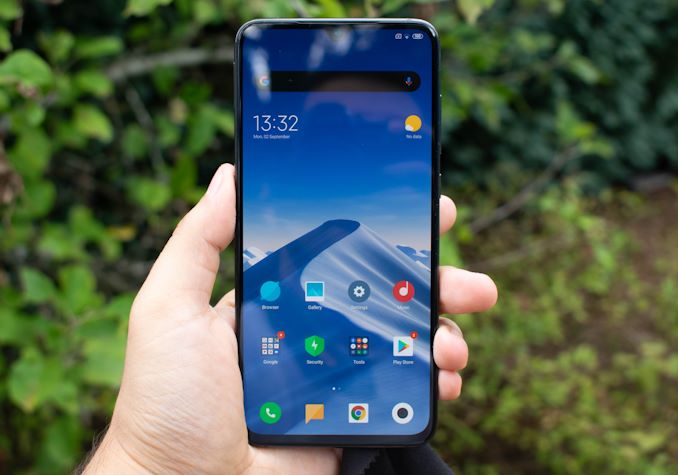


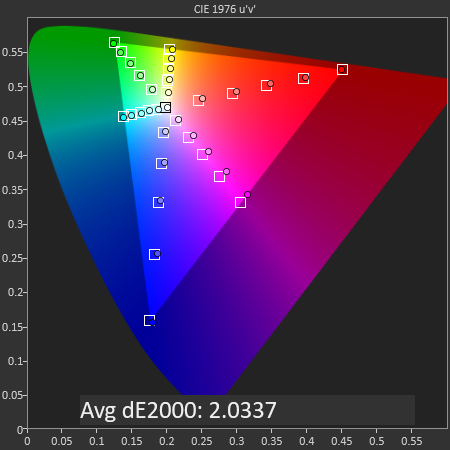
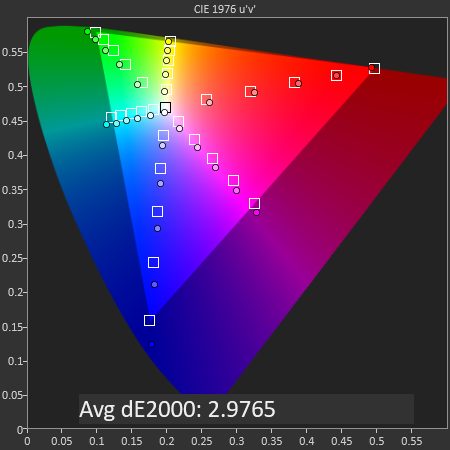
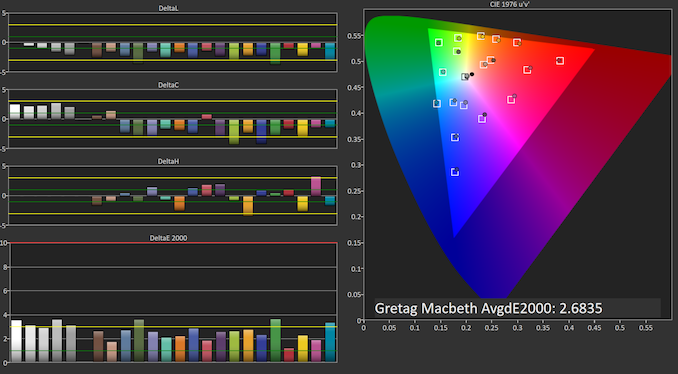








96 Comments
View All Comments
Shlong - Friday, September 13, 2019 - link
Then disable your adblocker. Hard to pay the writers, server bills, when 70% of your users are ad blocking.PeachNCream - Friday, September 13, 2019 - link
If a hypothetical 70% of your audience is blocking ads on the site you run, maybe it says more about the advertising than the site's visitors.valinor89 - Friday, September 13, 2019 - link
I used to periodically disable the adblocker for this site, but each time I had to reenable it because sometimes it has obnoxious ads, autoplay videos, pop ups that hide content and what not.s.yu - Saturday, September 14, 2019 - link
Does this really work? Are you sure that it's the displays not the clicks that generate revenue? If it's the clicks might as well click all the ads once in a while and block them all when reading.Shlong - Tuesday, September 17, 2019 - link
So which sites don't have annoying advertising? I use adblock but for sites I frequently visit, I disable, like at Anandtech, Ars-Technica, and others.FunBunny2 - Saturday, September 14, 2019 - link
"Then disable your adblocker. Hard to pay the writers, server bills, when 70% of your users are ad blocking."that's a great gulp of Flavour Aid. think about it, for just a second. will folks who choose to conserve bandwidth (both on the innterTubes and their brains) by ad blocking be likely to ever, ever, ever click on such ads? the answer, of course, is never, never, never. IOW, the ad revenue driven sites are scamming the ad buyers, by 'selling eyes'. which is exactly the same way that print media went. and the innterTubes sites proclaimed that they were oh so new and disruptive. right.
sites have the tech to sell click-throughs, rather than eyes, but they're scared shitless to do that since the number is minuscule. not to pick on AT specifically, of course. all these sites have the same problem. if they did sell click-throughs then ad blocking is a non-issue, of course.
Qasar - Saturday, September 14, 2019 - link
sadly i use an ad blocker as well, i tried disabling it once, and man.. the ads are EVERYWHERE, makes most of the site practically unreadable. and the auto playing videos, are MOST annoying.Shlong - Tuesday, September 17, 2019 - link
They are annoying but if people continue to block the ads, Anandtech and similar sites won't be around for that much longer.Korguz - Tuesday, September 17, 2019 - link
then they should tone some of them down, or like some have asked, switch to a paid version with no ads.FunBunny2 - Wednesday, September 18, 2019 - link
"Anandtech and similar sites won't be around for that much longer."once again: sell based on click-throughs and be done with it. selling 'eyes' is a total scam. in fact, selling click-throughs just might, might lead to better ads, not just more obnoxious ones. :)